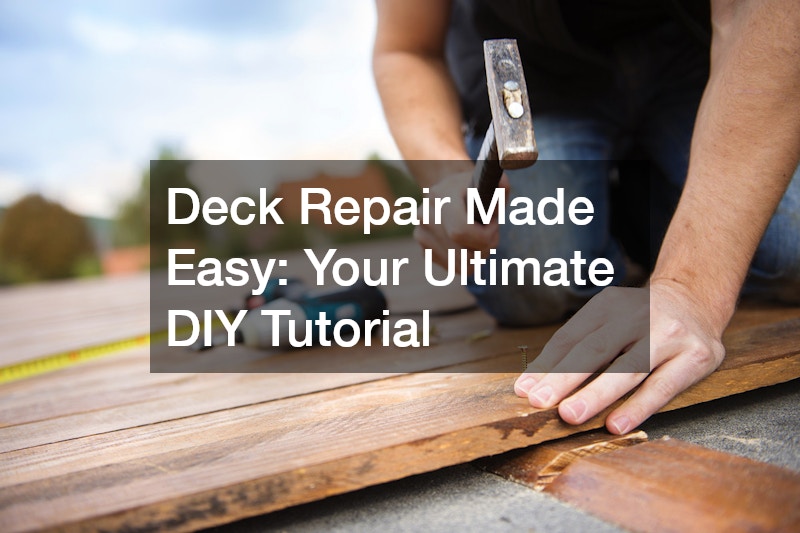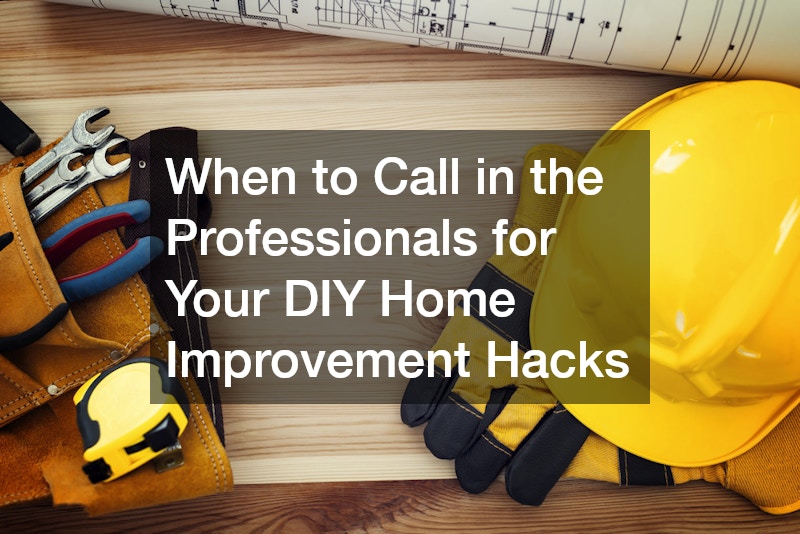
This article provides a comprehensive guide for DIY enthusiasts looking to repair their decks efficiently. By addressing common issues and using the right tools and materials, you can keep your deck in prime condition with ease. From fixing loose boards to replacing damaged railings, each step is outlined with safety and durability in mind. Whether you’re preparing for seasonal maintenance or tackling weather-related damage, these tips will help extend the life and appearance of your outdoor space.
How do I identify common deck problems?
Identifying early signs of deck damage is crucial for effective maintenance and timely repairs. One standard indicator of deck deterioration is the presence of wood rot, which often manifests as discolored or soft spots on the wood surface.
Additionally, you should look for loose boards that may creak or shift underfoot, as these can signify compromised structural integrity.
Moreover, structural weakness can pose serious safety hazards if not addressed promptly. Symptoms such as wobbling railings or sagging beams should never be ignored, as they may indicate underlying issues. Regularly inspecting your deck for these signs ensures that you can take immediate action before problems escalate. By identifying these issues early, you ensure that your deck remains a safe and enjoyable space for you and your family.
Besides, external environmental factors like weathering and moisture can accelerate deck damage. Regular exposure to rain, snow, and sunlight can wear down protective finishes, leading to cracks and splinters forming on the deck surface. Capturing these signs early allows for more straightforward and less costly repairs, helping you maintain the overall health of your deck. In humid regions, moisture retention can also promote mold and mildew growth, compromising the deck’s structure and safety.
What tools and materials do I need for deck repair?
A successful deck repair project starts with understanding the tools and materials required. First, gather essential items such as a hammer, screwdriver, pry bar, and chisel. You’ll also need a drill with various drill bits, a circular saw for cutting, and a sander to smooth repaired surfaces. Having safety gear like gloves, goggles, and knee pads on hand is equally important to protect yourself throughout the process.
For materials, depending on the damage, acquistion of replacement boards, wood fillers, and weather-resistant screws is necessary. Don’t forget safety gear like gloves and goggles to protect yourself while working. Additional items like paintbrushes, sealants, and finishes are essential for the repair and sealing of the wood to prevent future damage.
When planning, consider the specific needs of your deck repair, which may influence your checklist. For instance, a wood hardener can reinforce weakened areas if addressing wood rot. A clear checklist ensures you’re well-prepared and avoids unnecessary interruptions during your repair work. A well-prepared toolkit not only makes repairs seamless but also more enjoyable.
How can I fix deck surface issues like cracks and splinters?
Repairing deck surfaces involves a step-by-step approach for optimal results. Begin by cleaning the deck thoroughly, removing any debris, mold, or mildew so you have a clean working surface. Once clean, inspect each board for cracks and splinters; this precision will ensure no damage goes unnoticed.
Using a sander, smooth out any splintered areas, being mindful of the edges where rough ridges often form. For cracks, apply a high-quality wood filler that matches your deck’s finish to ensure uniformity. Once applied, let the filler dry completely and sand it down to a smooth finish, ready for any finishes or sealants.
This process should be finished by applying a protective sealant that fits your deck material. Sealants protect the wood from future damage by locking out moisture and preventing UV damage. Remember, consistent care and maintenance of the deck surface are vital for prolonging the lifespan of your repair work.
How do I maintain my deck after repair?

Post-repair maintenance is crucial for keeping your deck in excellent condition. Start with regular cleaning, which helps to prevent the build-up of dirt, mold, and algae that can damage the wood over time. Hose down the deck routinely and scrub with a gentle cleaner to maintain its appearance.
Periodic resealing provides an additional layer of protection against harsh weather. Depending on the climate, resealing should occur every one to three years. This not only safeguards the wood but also enhances its appearance, ensuring it remains inviting and safe for everyone.
Finally, monitor furniture placement and movement, as they can cause scratches or dents on the wood surface. Consider placing protective pads under furniture legs to minimize this risk. Regular inspections and minor touch-ups can help preserve the beauty and safety of your deck for years to come.
By following this ultimate DIY tutorial on deck repair, you can ensure the longevity and safety of your deck. Regular maintenance and timely repairs will keep your outdoor space inviting and structurally sound for years to come. With the right approach and attention to detail, even complex deck repairs become manageable, enhancing both the form and function of your outdoor living area.





